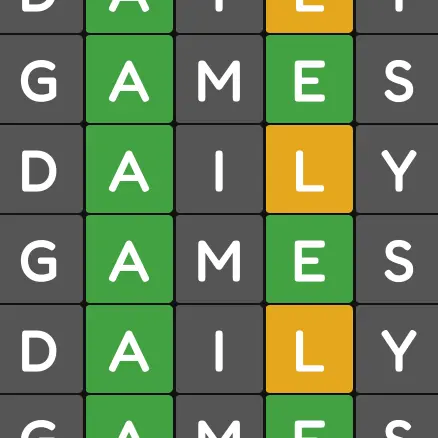The easiest part of your requirements are the custom DNS records. All of the platforms recommended so far can do this. OpenWRT has the advantage of WiFi capabilities. If you want the router to also be your WiFi access point then it may be your best option. But it sounds like you only need it to be a wired router, which is good.
As far as the ad blocking, I have done this with pi-hole, and with the built-in DNS and block capabilities of OpenWRT, Mikrotik and OPNSense. They are all fine. The router ones don’t have the fancy web UI like pi-hole. So if you use that a lot you will be disappointed. Mikrotik’s is the most basic and a new feature for them, but they are actively developing it. Plus their current routers can run containers, so you can run pi-hole on the router as a container if you want.
PoE ports as a requirement is what narrows your options considerably I think. You could get that from a separate switch. If you want that in the router itself then you have very few options.
Mikrotik has a lot of routers with PoE out. Their newest model in the RB5009 series can do either passive or 802.3af/at PoE out. Many of their older routers have passive PoE only. Make sure you know what your cameras need.
I had similar requirements as you and got this: https://mikrotik.com/product/rb5009upr_s_in
It has PoE out available on all 8 Ethernet ports. The default 48v power supply works with 802.3af/at PoE. It is a 96 watt supply, and can support ~76 watts of PoE downstream. If you need passive PoE then you would need to change to a 24v power supply.
Mikrotik RouterOS requires some learning to use its advanced features, but their quick setup defaults are good. And the platform is super reliable and flexible.
For DNS you would use their Adlist functionality along with a script similar to the one from BartoszP in this thread to enable DNS name resolution for lan hosts: https://forum.mikrotik.com/viewtopic.php?t=181640. That script is added to the DHCP server config to run when each client gets an address lease. And then you would add static name records in IP / DNS / Static for the other host.domain names you want your lan devices to connect to by name which can’t be resolved via your upstream DNS server.








If you’re buying new cameras they’ll be 802.3af PoE. Passive is becoming much less common. So that model router I linked would work great.
I think if you’re a moderately technically inclined person you would be happy with that solution. If you are intimidated at the idea of writing or adapting some scripts, I would probably recommend a router on one of the other platforms plus a PoE switch.